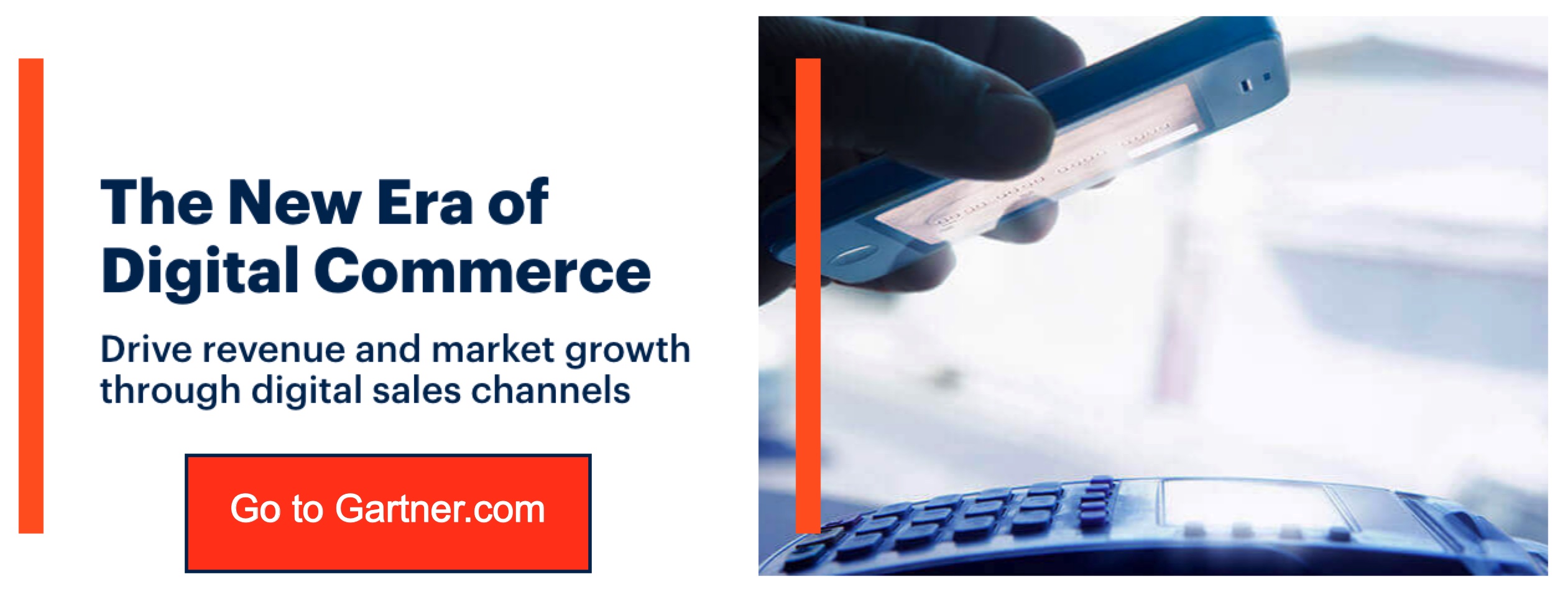There is A By-Product Of E-Business: eCommerce that many or almost all traders in the industry of business consider a necessity.
Ecommerce, what is that?
Ecommerce, also known as e-commerce or online trading, refers to the purchase or sale and conversion of funds and information from products or services. Further, it is via the Internet carrying out such transactions. Ecommerce mostly refers to online trading of physical goods, but it may also reflect some type of trade supported by the Internet.
e-business versus ecommerce
Whereas e-business refers to all aspects of operating an online business, ecommerce refers to the transaction of goods and services.
The history: A By-Product Of E-Business: eCommerce
On 11 August 1994, a man sold his friend on a website, NetMarket, an American shop portal for a CD by the Sting party. Since then, the history of the company began with the first internet shopping. This is the first case of a customer buying a product from a corporation through the World Wide Web, which we generally call “eCommerce.”
Growth of ecommerce
Ever since eCommerce grew to promote exploration and purchasing goods across online stores and markets. Further, both self-employed, small, and large companies benefited from e-commerce. Consequently, helps them to market their products and services.
Ecommerce Models Styles
Four key models of ecommerce will define all purchases between customers and firms.
1. Business to Consumer (B2C): A By-Product
Therefore, that a company offers a product or service to a customer (e.g. a store orders a pair of shoes).
2. Business to business (B2B): eCommerce
If a company offers a product or service to another company (for example, a company offers other company’s software as a service)
3. Consumer to Consumer (C2C): E-Business: eCommerce
When a buyer sells a product or service to another user (for example, you sell the old furniture to another user on eBay).
4. Consumer to Business (C2B): eCommerce
If a customer purchases a company or organisation’s own goods or services (e.g. an influencer provides an online market for a fee or a model licences his image for the business).
E-commerce examples
Ecommerce may use many modes of trade between firms and customers as well as the exchanging of separate items as part of these exchanges.
1. Retail: A By-Product Of E-Business: eCommerce
The selling of a commodity directly to a buyer without a dealer.
2. Wholesale:
Market bulk goods, mostly to manufacturers who then market them to the customers directly.
3. Dropshipping:
The selling of a commodity that is made and sold by a third party to the customer.
4. Multi-finance:
In advance the receipt of money from customers for a commodity to generate the start-up capital needed to sell it.
5. Subscription:
Automatic repeated purchasing on a daily basis of the good or service until the subscriber wishes to cancel it.
6. Items for physical use:
Any tangible products involving replenishing of the stocks and physical fulfillment of orders to the consumers during transactions.
7. Digital Items:
Digital download products, models and courses or media to be approved for distribution.
8. Services:
An opportunity or ability to offer rewards. They can buy time for a fee from the supplier.



